The tsuka, or handle, is not merely a means to wield the Japanese sword—it is a sophisticated component that affects the blade’s balance, power, and speed. At the same time, it serves as a canvas for artistic expression, reflecting the samurai’s taste and social standing. Its construction requires the collaboration of multiple specialized artisans.
Table of Contents
- Function and Ergonomics
- Tsuka Construction
- Samegawa (Ray Skin)
- Tsuka-maki (Handle Wrapping)
- Multiple Tsuka for One Sword
Function and Ergonomics
The tsuka’s primary role is to provide a comfortable, secure grip that allows the user to control the blade with both power and speed. Its diameter and length are carefully balanced: too thick or too thin, and it compromises grip strength; too long or too short, and it affects the sword’s balance.
Designing a tsuka involves reconciling two opposing needs—delivering powerful strikes while maintaining speed and agility. A well-crafted handle allows the wielder to achieve both, maximizing the sword’s potential in combat and kata practice.
Tsuka Construction
The tsuka is made by joining two pieces of carved hardwood that enclose the nakago (tang). These are fitted precisely to avoid movement or rattling. Over this wooden core, artisans wrap a layer of samegawa (ray skin), which provides texture and additional friction.
Finally, the handle is tightly bound with tsuka-maki (wrapping cord), which secures the structure and enhances the grip. Though it may appear simple, each step requires exceptional skill and is handled by specialized craftsmen.
Samegawa (Ray Skin)
Often mistaken for shark skin, samegawa comes from rays native to the East and South China Seas. Its natural surface is covered with stone-like nodules—small grains near the edges and a single large “emperor node” in the center. This texture prevents slippage and improves grip, especially in wet conditions.
Samegawa can be left its natural ivory color or dyed according to the owner’s preferences. The large emperor node area, surrounded by progressively smaller grains, is the most prized portion and commands the highest price. The rough surface is often polished to prevent injury while retaining its grip-enhancing texture.
Tsuka-maki (Handle Wrapping)
Tsuka-maki is the final layer of the tsuka, typically made from silk or leather. Silk wrap (ito) is the most prestigious, especially when crafted from hand-woven brocade, often golden in color for ceremonial or imperial swords.
Common wrapping styles include hiramaki (flat wrap), katatemaki (battle wrap), and various cross-over styles that not only secure the samegawa but also position the menuki for both grip and display. The choice of wrapping technique adds another layer of personalization and can indicate the sword’s intended use—battle, formal presentation, or martial arts practice.
Multiple Tsuka for One Sword
It was common for a sword to have multiple handles. Samurai often commissioned different tsuka to suit various occasions—battle, court ceremonies, or public appearances. Changing the handle allowed warriors to adapt the sword’s appearance to their attire and the social context, reflecting both practicality and evolving fashion.
Note: The tsuka is a convergence of function and art. Its design enhances the sword’s performance, while its craftsmanship and decoration express the samurai’s martial skill, aesthetic preference, and social rank.
Read more

Discover the artistry and science behind the hamon, the wave-like temper line found on traditional Japanese swords. Learn how it forms during quenching, the meaning of different styles like choji a...
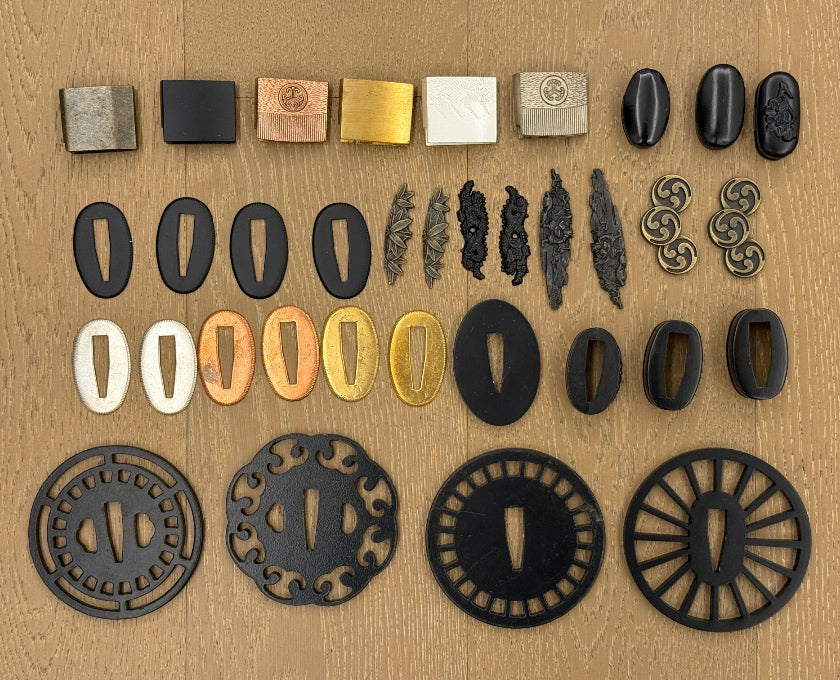
Samurai sword glossary: categorized terms and definitions This glossary introduces key terms used in the world of Japanese swords, categorized for easier understanding. From blade geometry to tang...
Shop katana
Our katana store offers a wide selection of japanese swords — from traditional katanas and anime-inspired designs to fully functional blades — featuring a variety of materials and craftsmanship to suit your preferences.

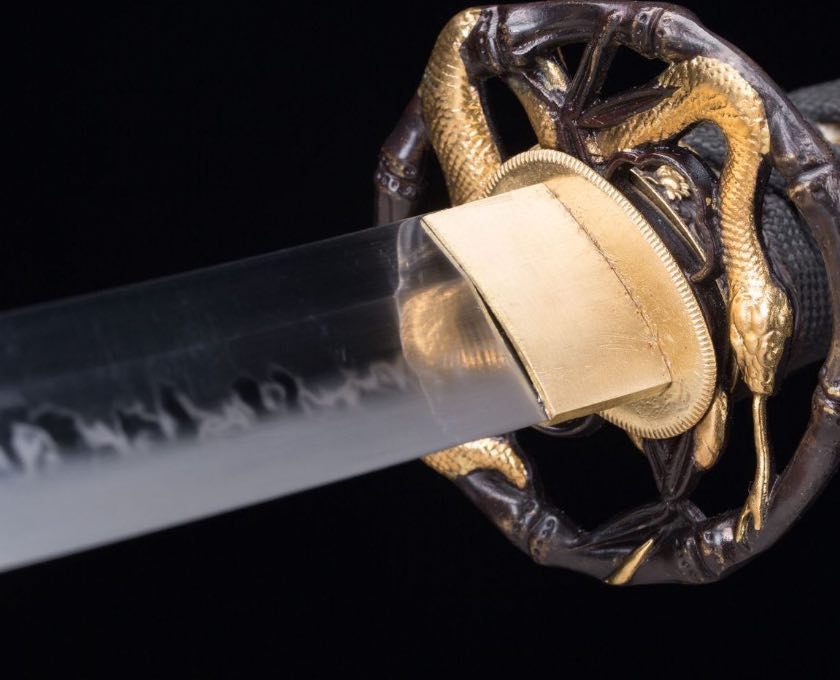
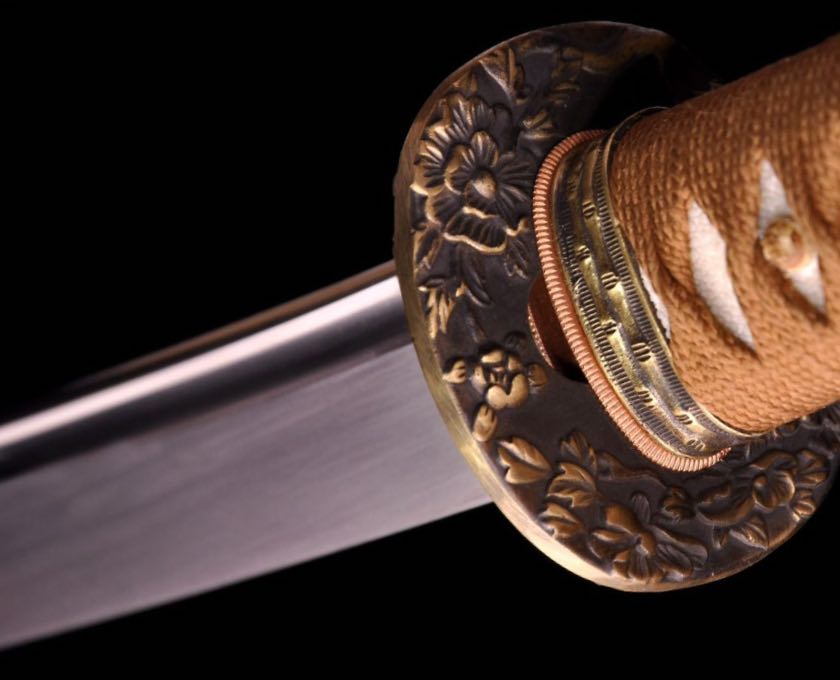

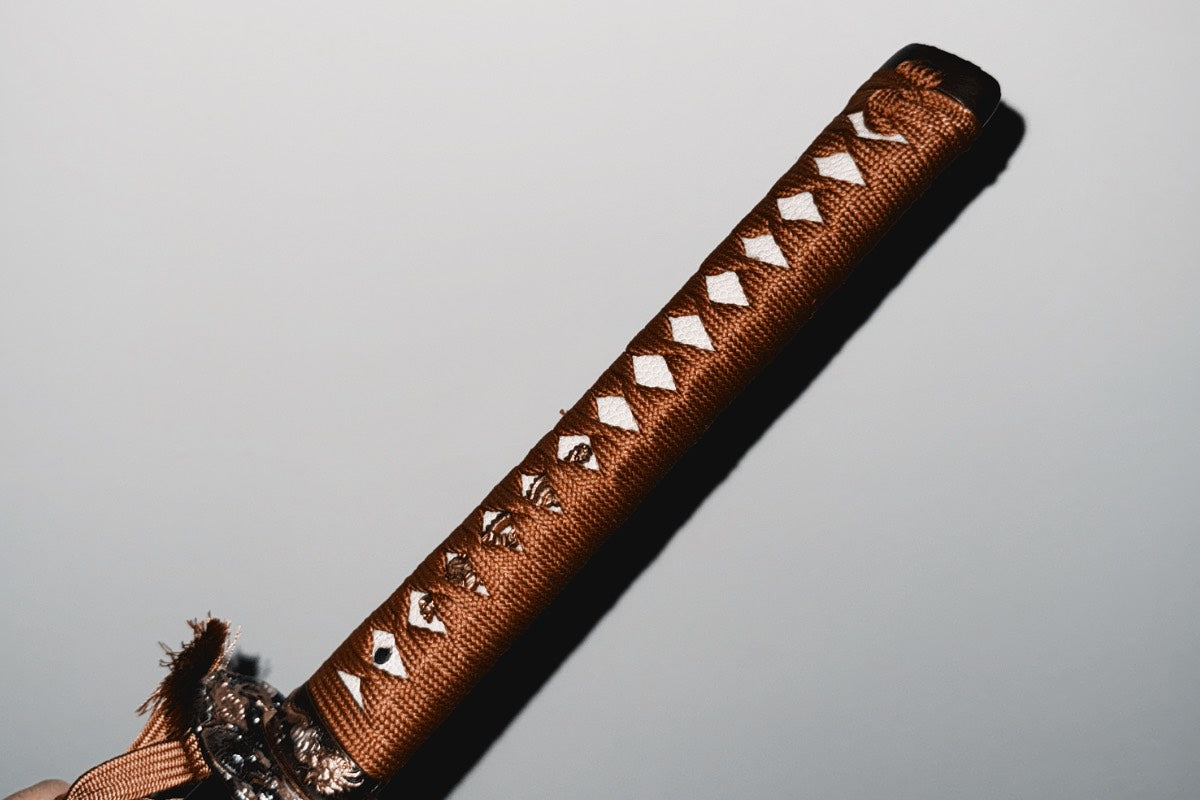
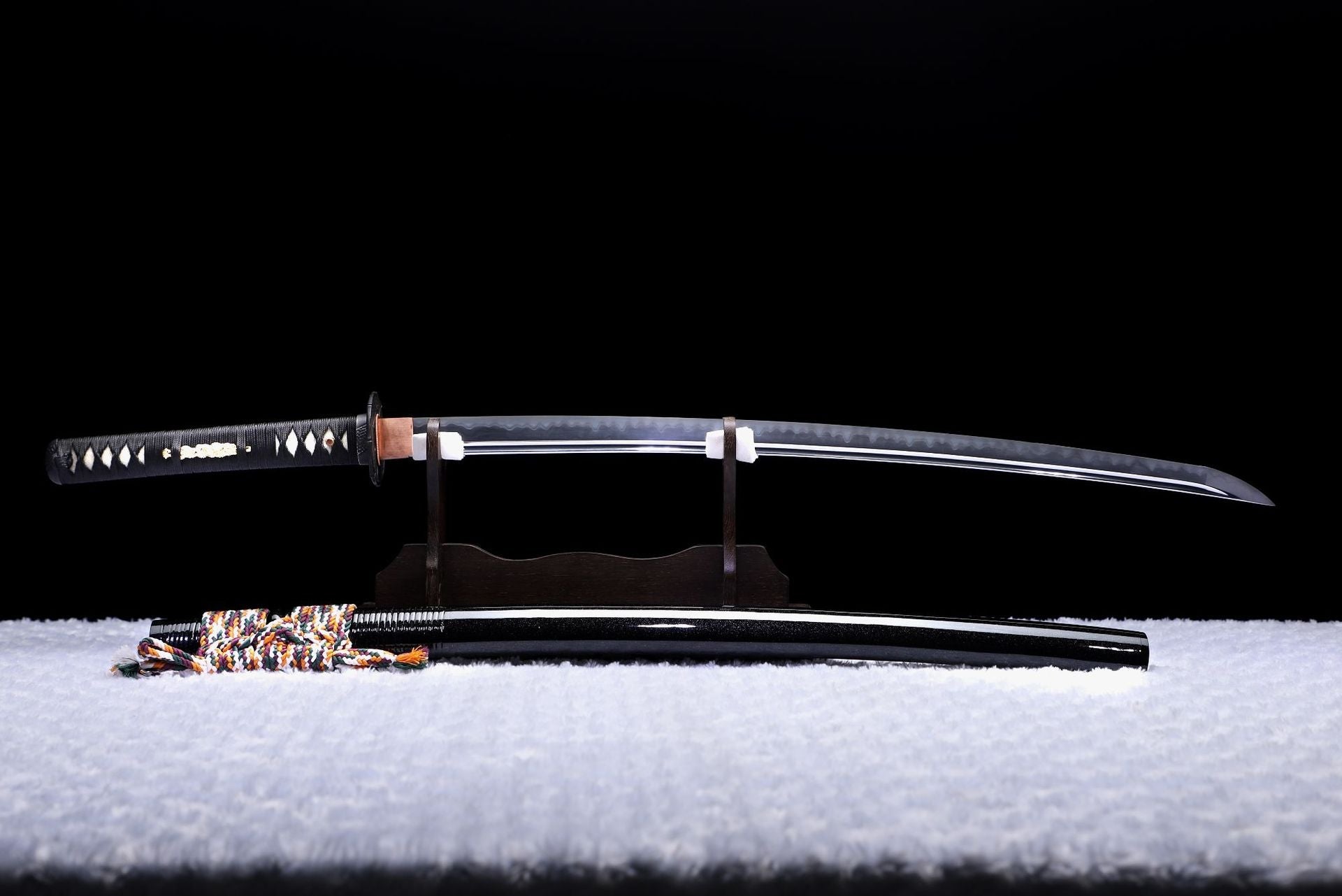
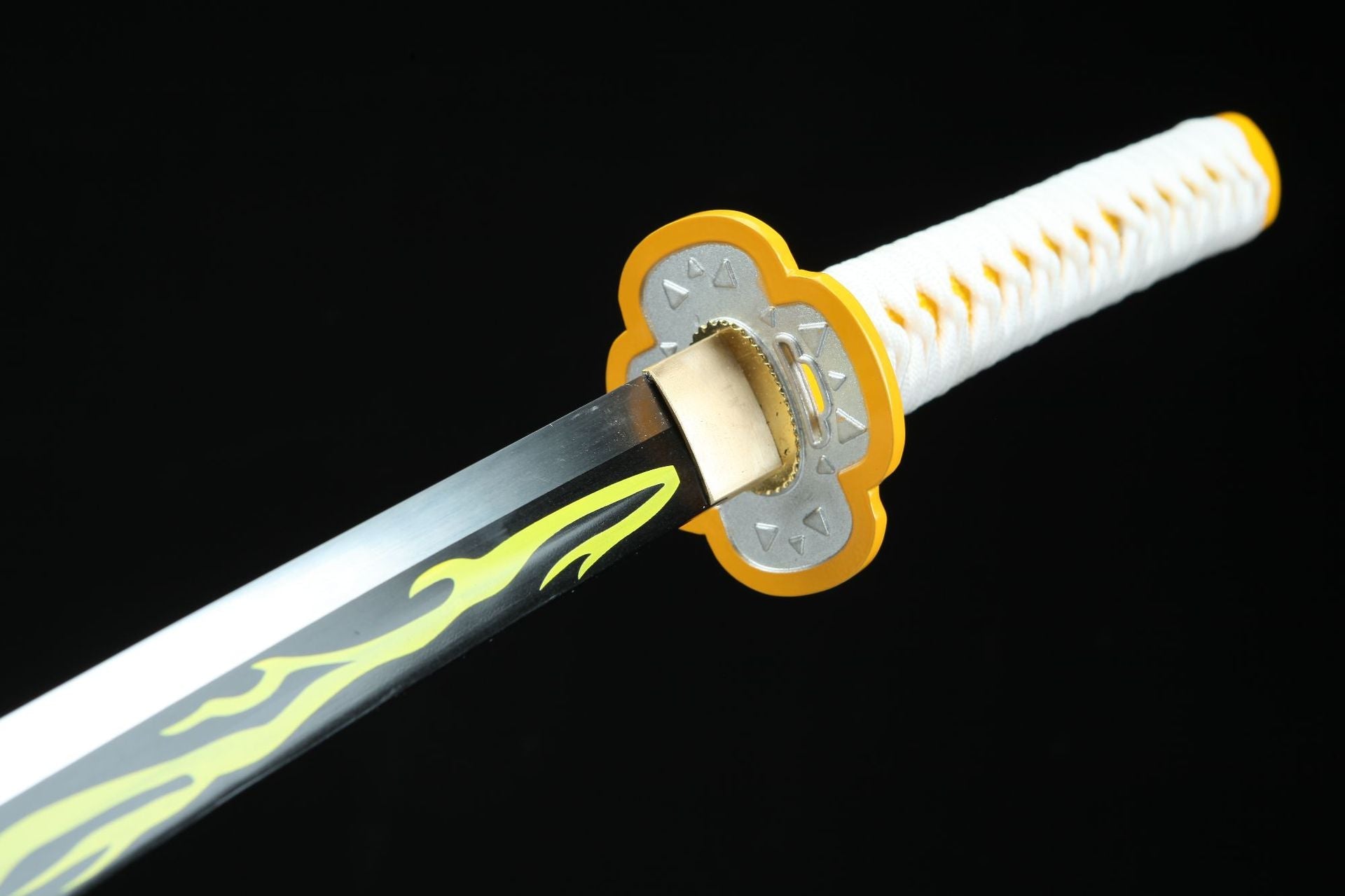
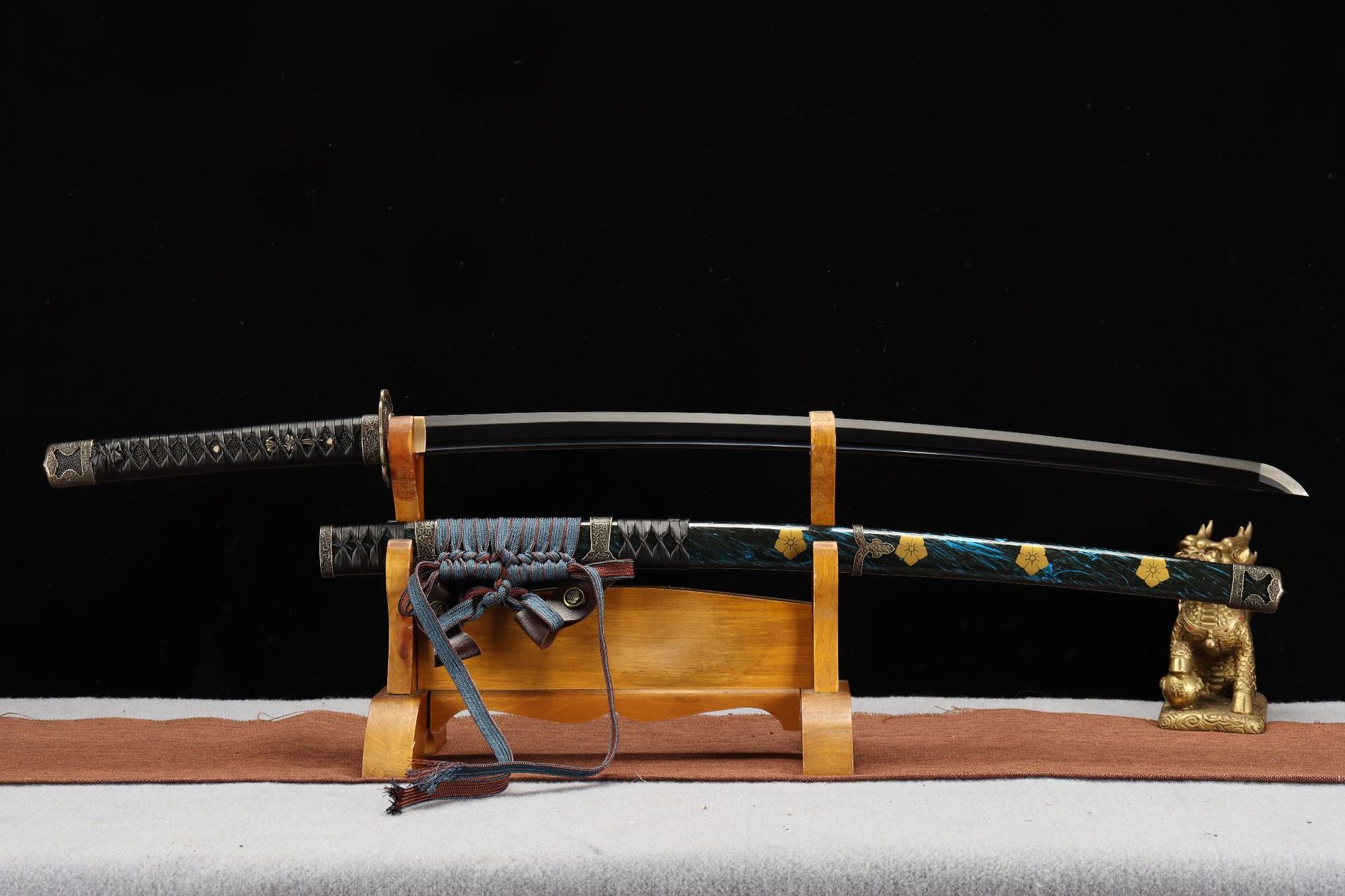
Leave a comment
All comments are moderated before being published.
This site is protected by hCaptcha and the hCaptcha Privacy Policy and Terms of Service apply.